soberguy
Brilliant_Rock
- Joined
- Mar 25, 2009
- Messages
- 650
Fluorescence
Another test to determine synthetics from natural emeralds is exposing it to Ultraviolet radiation (or UV rays). Synthetic emeralds transmit UV light more than natural emeralds.
There are two common ultra-violet rays used for fluorescence. Those are short wave and long wave rays. Short-wave rays are ones with smaller wavelengths but with lighter frequencies and power in terms of penetration to the gemstone. Exposed to short-wave rays emeralds may show reddish fluorescence and when exposed to long-wave rays neutral fluorescence.
Alternatively the Chelsea Filter (an apparatus used by gemologists through which when an Emerald is viewed it appears red due to its chrome content) may be used to determine specific red fluorescence under short wave.
Consumers should also beware of fluorite and chrome Diopside, which are very close imitations of emeralds when set in jewellery.
References:
http://www.jewelinfo4u.com/Emerald_Identification.aspx
Another test to determine synthetics from natural emeralds is exposing it to Ultraviolet radiation (or UV rays). Synthetic emeralds transmit UV light more than natural emeralds.
There are two common ultra-violet rays used for fluorescence. Those are short wave and long wave rays. Short-wave rays are ones with smaller wavelengths but with lighter frequencies and power in terms of penetration to the gemstone. Exposed to short-wave rays emeralds may show reddish fluorescence and when exposed to long-wave rays neutral fluorescence.
Alternatively the Chelsea Filter (an apparatus used by gemologists through which when an Emerald is viewed it appears red due to its chrome content) may be used to determine specific red fluorescence under short wave.
Consumers should also beware of fluorite and chrome Diopside, which are very close imitations of emeralds when set in jewellery.
References:
http://www.jewelinfo4u.com/Emerald_Identification.aspx

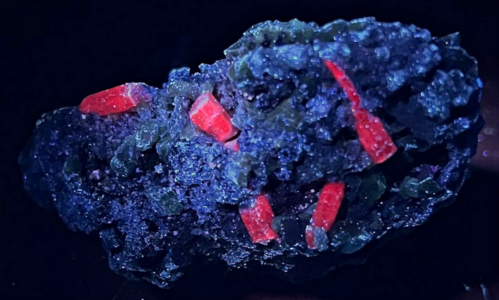
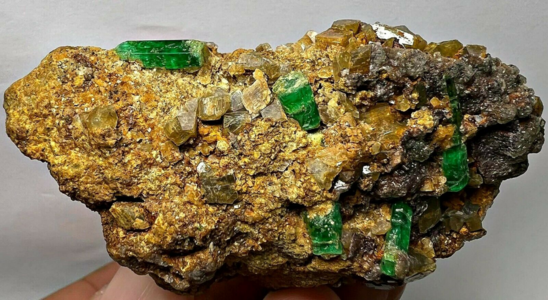
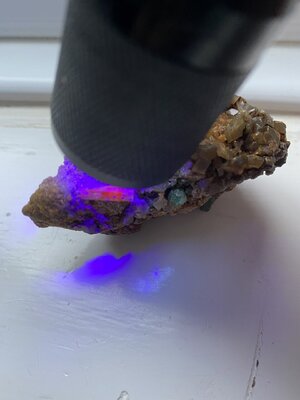
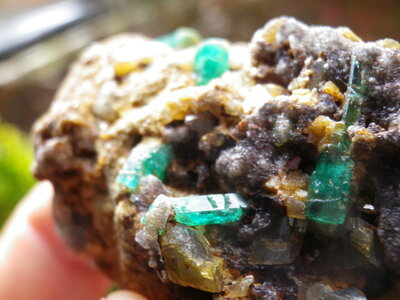
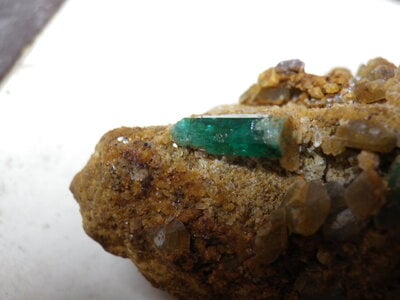
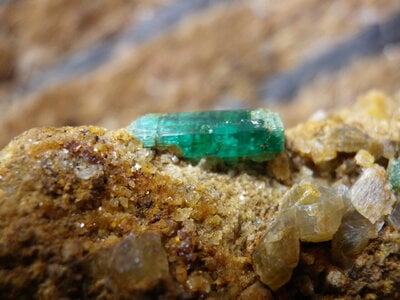
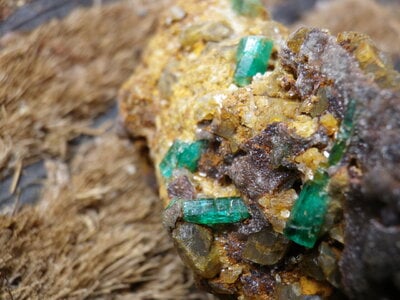
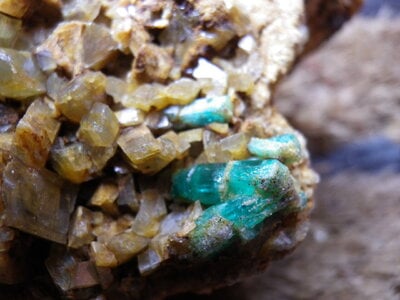
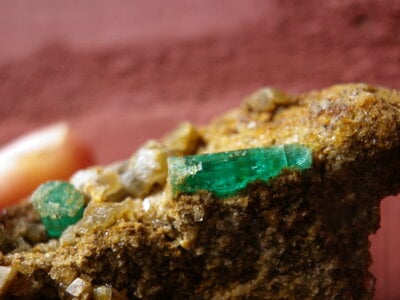

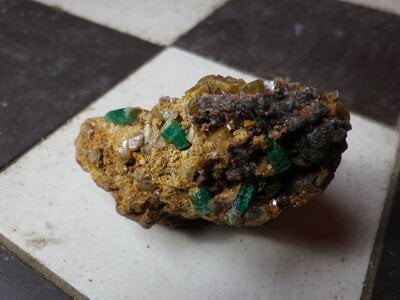
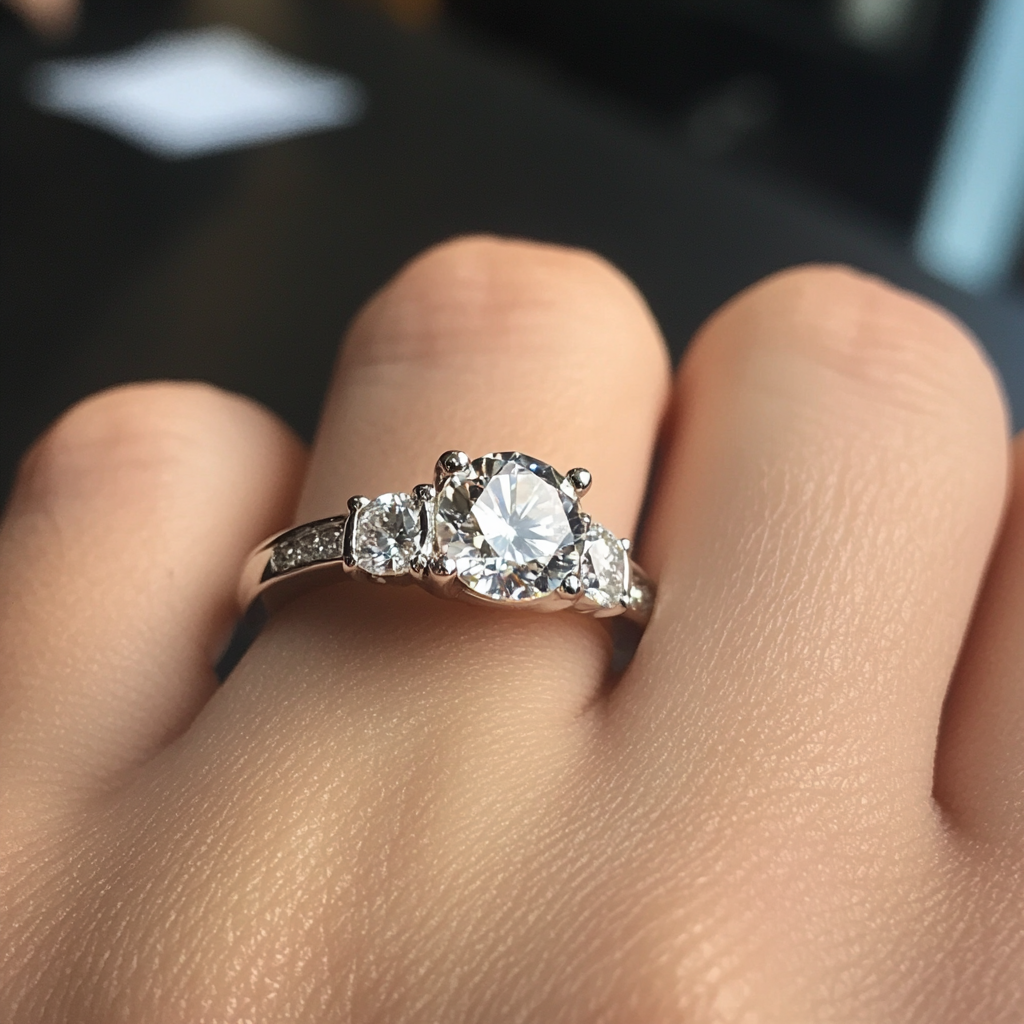

300x240.png)